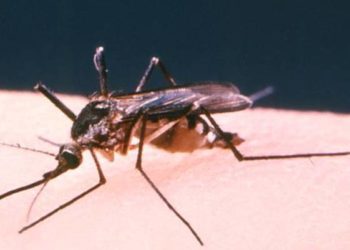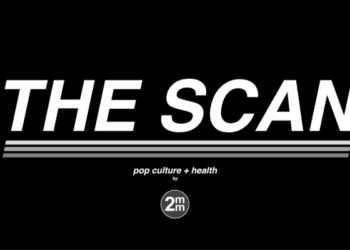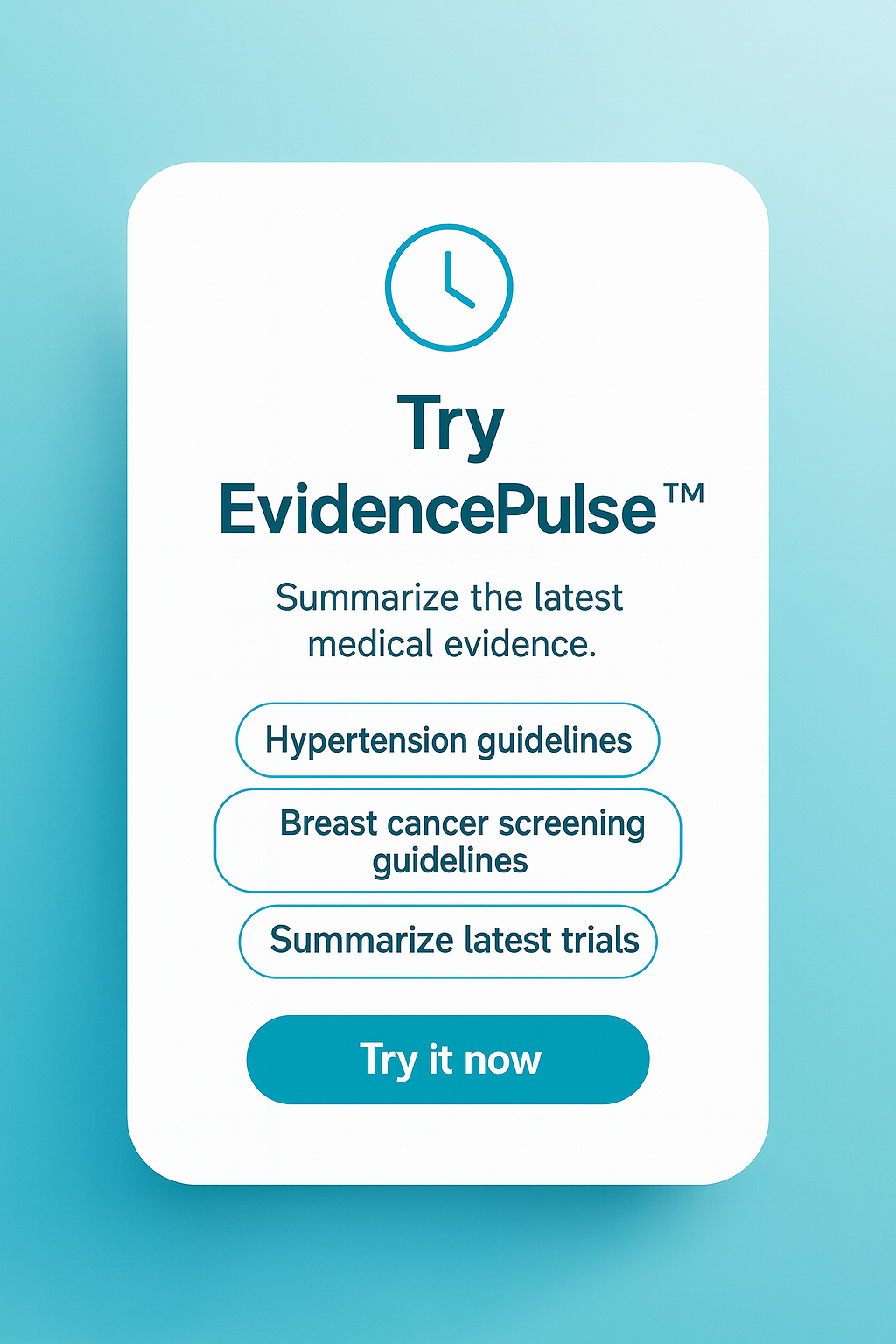The CDC implements a community-level metrics program to inform COVID-19 policy
1. The Centers for Disease Control and Prevention (CDC) collects community-level metrics to identify early indicators for implementing and easing restrictions based on coronavirus disease 2019 (COVID-19) risk.
2. Future frameworks for evaluating surveillance metrics are needed to improve transparency and to provide data-driven decision support.
Evidence Rating Level: 1 (Excellent)
Study Rundown: The Centers for Disease Control and Prevention (CDC) has released new community metrics to inform COVID-19 prevention strategies in 2022, to avoid the spread of severe illness, and to alleviate health care strain. The CDC characterized COVID-19 community levels as low, medium, or high on the basis of new COVID-19 cases, hospital admissions, and inpatient bed use. High community levels would subsequently trigger intensified prevention strategies, such as masking in public indoor settings. However, there is a gap in knowledge in understanding the performance of the CDC COVID-19 community level metrics as predictors of elevated community mortality risk. Overall, this study found that choosing public health metrics and associated decision rules remains challenging. It also suggests that transparency with government programs offers opportunities to critically assess their value and associated policies. This study was limited as it only explored a limited set of metrics based on thresholds for hospital admissions and community-level mortality as their primary outcome. Nevertheless, the study’s findings are significant, as they demonstrate that value choices are unavoidable in situations such as the COVID-19 pandemic and that revising these indicators can improve credibility, transparency, policy efficacy, and durability of metrics intended to inform public health decision-making.
Click to read the study in AIM
Relevant Reading: Impact of Population Growth and Aging on Estimates of Excess U.S. Deaths During the COVID-19 Pandemic, March to August 2020
In-Depth [time series analysis]: This study evaluated the functionality of the CDC COVID-19 community-level metrics based on hospital admissions, bed occupancy, reported cases, and reported COVID-19 deaths. Distinct periods of high community levels of COVID-19 were defined as those that began with a state or county transitioning to a predefined high category after at least one week of being at a low or medium category. The primary outcome measure was the comparison of CDC metrics to pre-existing programs, treating the COVID-19 community levels as an imperfect diagnostic marker for high population-level mortality risk. Outcomes in the primary dataset were assessed via time series analysis with ratios of new hospital admissions to new cases, thee-week lagged mortality to case reports, and three-week lagged mortality to new hospital admissions. Based on the primary analysis, mean and median weekly mortality rates per 100,000 population after the onset of high COVID-19 community level three weeks prior were 2.6 and 2.4, respectively. Alternative metrics based on lower hospital admissions or case thresholds were associated with lower mortality and had higher sensitivity and negative predictive value for evaluated mortality. Although, the CDC metrics had higher specificity and positive predictive value, with ratios between cases, hospitalizations, and deaths varying substantially over time. Overall, this study demonstrates that designing metrics for public health decision-making involves tradeoffs between identifying early signals for action and avoiding undue restrictions when risks are modest, with the need for explicit frameworks for evaluating surveillance metrics.
Image: PD
©2022 2 Minute Medicine, Inc. All rights reserved. No works may be reproduced without expressed written consent from 2 Minute Medicine, Inc. Inquire about licensing here. No article should be construed as medical advice and is not intended as such by the authors or by 2 Minute Medicine, Inc.









